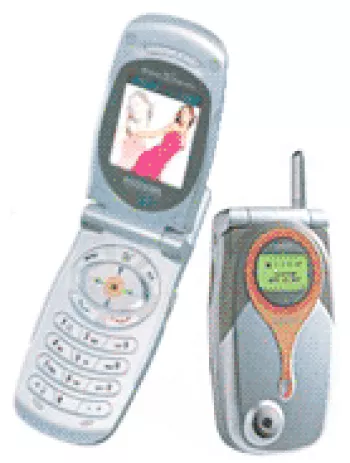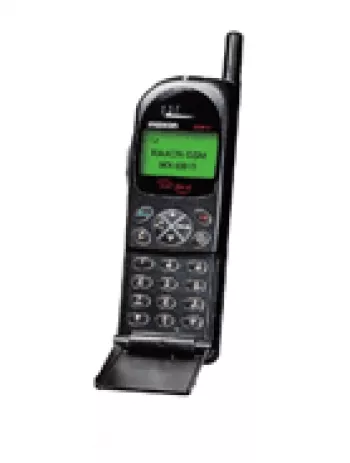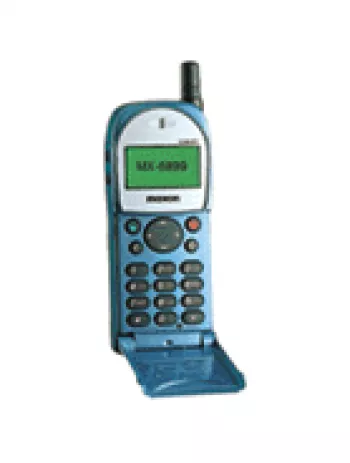
Overview
The Maxon MX-V10 is a classic feature phone first introduced in 2004. Over the years, it has become a symbol of simplicity and functional mobile technology from the early 2000s. Though the device is discontinued now, its durability and straightforward features remain appreciated by many who used it during its time. As a basic communication device, the MX-V10 offers essential functionalities without the complexities of modern smartphones.
Network and Connectivity
The MX-V10 operates on GSM technology, specifically on 2G networks with frequency bands of GSM 900/1800. Being a feature phone from the early 2000s, it lacks modern connectivity options such as 3G, 4G, or 5G. Instead, it uses GPRS Class 8 for basic data services, but it does not support EDGE technology. The absence of such connectivity options reflects its purpose as a device meant primarily for voice calls and basic messaging.
Design and Build
In terms of design, the Maxon MX-V10 is compact and portable, with dimensions of 78 x 37 x 20.5 mm and a weight of only 67 grams. The device is designed to fit comfortably in the hand, pocket, or bag. Its small profile makes it an ideal choice for those seeking a lightweight phone. It uses a Mini-SIM card, which was a standard in mobile devices at the time.
Display
The phone features a STN display capable of showing 65,000 colors. Although the size of the screen isn’t specified, the resolution is 128 x 128 pixels, making it quite limited compared to today’s smartphone screens. However, for a device focusing on essential functions, the resolution is sufficient for showing text and basic graphics.
Memory and Storage
The Maxon MX-V10 does not have a card slot for expandable storage, which is typical for feature phones of its time. Internal memory is restricted to phonebook entries for up to 200 contacts and call records for 30 received, dialed, and missed calls. This limited memory aligns with its role as a basic communication tool rather than a multimedia device.
Camera
The MX-V10 does not have a camera, a common trait for feature phones from its era. The absence of a camera reflects the phone’s focus on fundamental communication tasks over multimedia or imaging capabilities.
Sound
When it comes to sound, the device does not feature a loudspeaker, nor does it have a 3.5mm jack for headphones, limiting its use for music and other audio content. However, it offers vibration alerts and supports downloadable polyphonic ringtones, providing basic auditory notifications and customization options.
Communication Features
The communication features include essential messaging capabilities like SMS and EMS. There is also a WAP 1.2.1 browser, which allows for extremely basic internet browsing, although its utility today would be limited. Additionally, the phone supports some built-in and downloadable games as entertainment options.
Battery Life
Powering the MX-V10 is a removable Li-Ion battery, with a capacity of 850mAh. While modest by today’s standards, this battery provides up to 150 hours of standby time and up to 4 hours of talk time. The modest power requirements of feature phones contribute to their extended battery performance, making the MX-V10 a reliable choice for users needing a phone with long battery life.
Additional Features
The MX-V10 lacks advanced features such as sensors or GPS, emphasizing its role as a communication-focused device. It does not support Java applications, which, during its time, limited its potential for running various third-party apps. However, for users seeking a distraction-free device for calls and texts, the lack of additional features is not necessarily a downside.
Colors and Availability
The exact colors for the MX-V10 are not detailed, and the phone has been discontinued for some time, making it a rare find today. Despite its limited availability, it continued to hold nostalgic value for those who used it when it was on the market.
Conclusion
The Maxon MX-V10 represents a particular moment in mobile phone history when simplicity and efficiency were paramount. While its features are minimal compared to the multifunctional smartphones today, the MX-V10’s straightforward design, reliable performance, and long battery life make it an enduring symbol of early 2000s mobile technology. It exemplifies a time when mobile phones were tools for communication without the distractions of modern smart devices.
Key Features of Maxon MX-V10
- Compact and lightweight design (67 g, 78 x 37 x 20.5 mm)
- GSM 900/1800 Network Support
- 65K colors STN display with 128 x 128 pixels resolution
- Phonebook with a capacity of 200 contacts
- Call records for 30 received, dialed, and missed calls
- Supports Vibration and Downloadable Polyphonic Ringtones
- Removable Li-Ion battery with up to 150 hours of standby time
- WAP 1.2.1 Browser for basic internet access
- Games available with the option to download more
- Supports SMS and EMS messaging
Disadvantages of Maxon MX-V10
- No EDGE support, limiting data speeds significantly.
- Discontinued model, lack of support and availability of parts and services.
- Lacks a camera, limiting multimedia capabilities.
- No loudspeaker, which limits hands-free functionality.
- No 3.5mm audio jack, restricting audio accessory options.
- No WLAN or Bluetooth connectivity, limiting wireless communication options.
- No GPS positioning, lacking navigation functionalities.
- No FM Radio, reducing media consumption options.
- No expandable memory card slot to increase storage capacity.
- Small phonebook capacity, limited to only 200 contacts.
- Very basic display with STN technology and low resolution.

View Also
More Phones
All Rights Reserved +13686 Phones © Mobilawy 2025

























